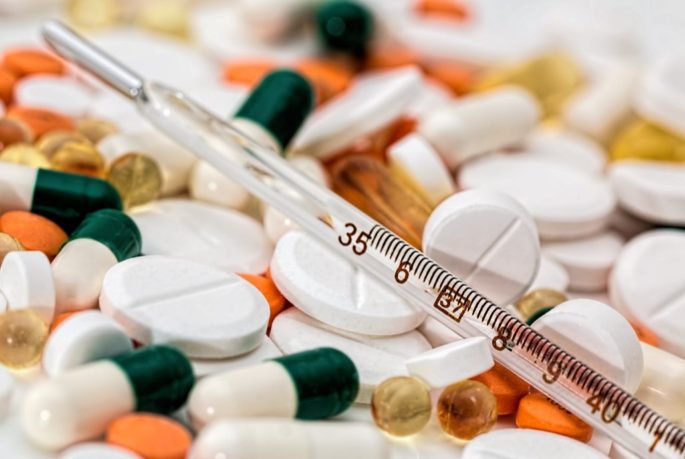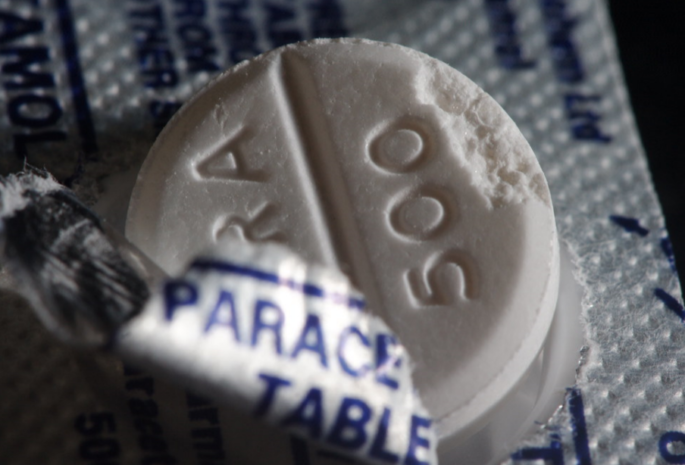If there is one good thing that COVID19 has done, it is making people self-conscious about their health. Asides the strain it has put on the world, economically and otherwise, that is the one good thing it has done.
Now, with its advent, people fret over health issues as simplistic as headaches. And the go to drug for most people has always been paracetamol, even in the pandemic. More details!
The truth is, there have been so many controversies as to what the cure of corona virus might be. We’ve heard of drugs like chloroquine, paracetamol and ibuprofen that might be a probable cure. This article focuses on the controversies around paracetamol being the cure.
Can paracetamol cure COVID-19?
Before answering the question, let’s remind ourselves of COVID-19 symptoms. The symptoms includes; dry cough, shortness of breath, fever, inability to smell and taste and subsequently pneumonia and organ failure.
Now, as most of us has always done, the first line of treatment for some of these symptoms is paracetamol. But does that make it the cure? The answer is a big no!
Coronavirus cannot be cured using paracetamol, but paracetamol can be used to treat its symptoms. Most especially the fever symptom, it can be used to treat the fever symptom.
Note that paracetamol is an analgesic and not an antibacterial or antiviral drug. It can relieve you of pains and fever but not viral diseases like coronavirus. Paracetamol made headlines on many new stations as a drug that might be a probable cure but WHO debunked all the rumor. The WHO also insisted that while paracetamol is not the cure, it should be included during treatment of patients.
Particularly paracetamol for children, one has to be careful in self prescribing it for children showing symptoms. Children dosage for paracetamol is quite different from that of adults.
For the most part, there is no evidence or study that proves that coronavirus can be cured using paracetamol. Hence, desist from spreading or believing any form of propaganda.
In using paracetamol as first line of treatment at home, and symptoms still persist? Take the sick individual to the hospital. Click here for more information: https://www.thecarryingkind.com/6-ways-to-cosy-up-the-home-in-the-winter-months/
Alternative ways of treating and preventing coronavirus at home
There is no current permanent treatment for coronavirus but there are ways in which we can protect ourselves from the pandemic. In this article, tips on how to prevent
- Practice social distancing. Social distancing is the best way to protect yourself from the virus.
- Eat fruits to boost your immune system.
- Avoid crowded gatherings.
- Wear nose masks and face shields whenever you want to go out.
- Use hand sanitizer often.
- Wash and sanitize all items gotten from the grocery store, to prevent secondary infection.
- Drink water frequently.
- Clean all surfaces around the house.
- If you feel breathless, turn the heat down and open the windows. Do not use a fan as that can spread the virus.
- Note that breathlessness is a sign of coronavirus that should be taken seriously. Call for help before it becomes uncontrollable.





